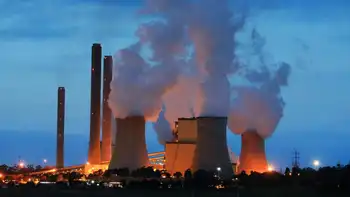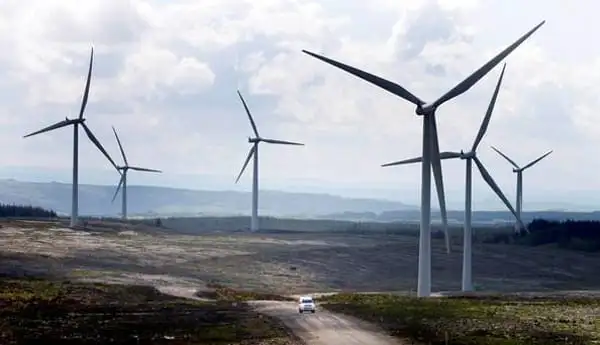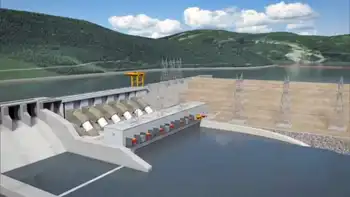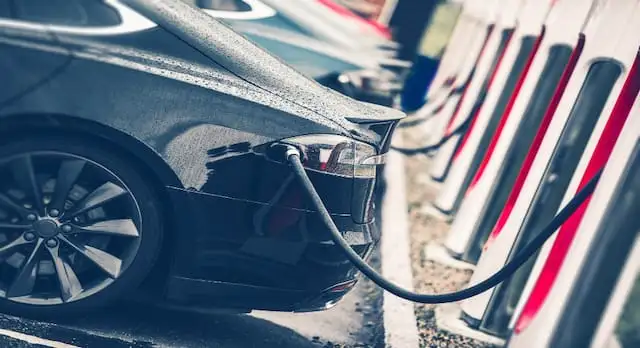Student group asking government for incentives on electric cars

NFPA 70e Training - Arc Flash
Our customized live online or in‑person group training can be delivered to your staff at your location.

- Live Online
- 6 hours Instructor-led
- Group Training Available
PEI Electric Vehicle Incentives aim to boost EV adoption through subsidies and rebates, advocated by Renewable Transport PEI, with MLAs engagement, modeling Norway's approach, offsetting HST gaps, and making electric cars more competitive for Islanders.
Key Points
PEI Electric Vehicle Incentives are proposed subsidies and rebates to make EVs affordable and competitive for Islanders.
✅ Targets EV adoption with rebates up to 20 percent
✅ Modeled on Norway policies; offsets prior HST-era gaps
✅ Backed by Renewable Transport PEI engaging MLAs
Noah Ellis, assistant director of Renewable Transport P.E.I., is asking government to introduce incentives for Islanders to buy electric cars, as cost barriers remain a key hurdle for many.
RTPEI is a group composed of high school students at Colonel Gray going into their final year."We wanted to give back and contribute to our community and our country and we thought this would be a good way to do so," Ellis told Compass.
Meeting with government
"We want to see the government bring in incentives for electric vehicles, similar to New Brunswick's rebate program, because it would make them more competitive with their gasoline counterparts," Ellis said.
'We wanted to give back and contribute to our community … we thought this would be a good way to do so.'— Noah Ellis
Ellis said the group has spoken with opposition MLAs and is meeting with cabinet ministers soon to discuss subsidies for Islanders to buy electric cars, noting that Atlantic Canadians are less inclined to buy EVs compared to the rest of the country.
He referred to Norway as a prime example for the province to model potential incentives, even as Labrador's EV infrastructure gaps underscore regional challenges — a country that, as of last year, announced nearly 40 per cent of the nation's newly registered passenger vehicles as electric powered.
'Incentives that are fiscally responsible'
Ellis said they group isn't looking for anything less than a 20 per cent incentive on electric vehicles — 10 per cent higher than the provinces cancelled hybrid car tax rebate that existed prior to HST.
"Electric vehicle incentives do work we just have to work with economists and environmentalists, and address critics of EV subsidies, to find the right balance of incentives that are fiscally responsible for the province but will also be effective," Ellis said.











